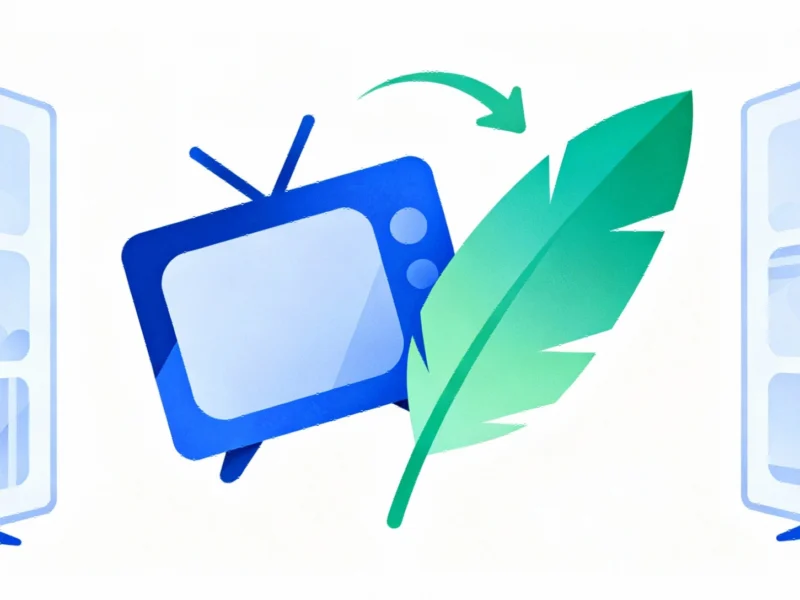According to 9to5Mac, Apple’s Q4 2025 earnings call revealed significant insights about customer acquisition across product categories. During the quarter ended September 27, Apple CEO Tim Cook and CFO Kevan Parekh disclosed that iPad sales were flat year-over-year but exceeded expectations, with over half of iPad purchasers being new to the product. The Apple Watch followed a similar pattern, with most sales going to first-time buyers despite the device’s install base reaching an all-time high. Meanwhile, iPhone revenue reached $49 billion, up 6% from the same quarter last year, with most sales coming from existing users upgrading their devices. The Mac category showed a similar upgrade-focused pattern, with nearly half of purchasers being new to Apple’s computer ecosystem. This data reveals Apple’s evolving customer acquisition strategy across different product lines.
Table of Contents
The Maturity Divide in Apple’s Ecosystem
What these numbers reveal is a fundamental split between Apple’s mature and growth-phase products. The iPhone, now in its 18th year since the original launch, has reached market saturation in most developed economies. With over 1.5 billion active devices worldwide, the iPhone ecosystem naturally shifts toward upgrade cycles rather than new customer acquisition. This isn’t necessarily problematic – Apple has successfully cultivated a loyal user base willing to refresh their devices every 2-3 years. However, it does highlight the challenges of maintaining growth in a mature market where most potential customers already own an iPhone.
iPad’s Surprising Resilience in New User Acquisition
The iPad‘s performance is particularly noteworthy given the tablet market’s overall stagnation. While global tablet shipments have declined for multiple consecutive quarters, Apple continues to attract first-time buyers to its iPad lineup. This suggests the company has successfully positioned the iPad as both a consumption device and productivity tool, appealing to segments that might not otherwise consider tablet ownership. The continued strength of the iPad Pro lineup in creative and professional workflows appears to be driving this expansion, creating new use cases that justify tablet ownership beyond casual media consumption.
Apple Watch’s Untapped Potential
The Apple Watch’s consistent ability to attract new users quarter after quarter indicates the wearable market remains far from saturation. Despite being tied to the iPhone install base, the Watch continues finding new audiences – likely driven by health and fitness features that appeal to demographics beyond traditional tech enthusiasts. The device’s evolution from a luxury gadget to a health monitoring tool has expanded its addressable market significantly. However, this growth trajectory raises questions about how long Apple can maintain this pace before hitting the same maturity wall the iPhone now faces.
Strategic Implications for Apple’s Future
These patterns suggest Apple needs different growth strategies for each product category. For iPhone and Mac, the focus must remain on creating compelling upgrade reasons through performance improvements, new features, and ecosystem integration. For iPad and Apple Watch, the opportunity lies in expanding into new markets and demographics. This dual-track approach requires sophisticated marketing and product development – something Apple Inc. has historically executed well, but which becomes increasingly challenging as the company’s product portfolio diversifies. The company’s ability to balance these different growth engines will determine its performance through the rest of the decade.
The Broader Competitive Context
Looking beyond Apple’s internal metrics, these numbers reveal important competitive dynamics. Android manufacturers would likely kill for Apple’s “problem” of having too many existing customers upgrading rather than switching platforms. Meanwhile, in the tablet space, Apple’s ability to continue attracting new users while competitors struggle suggests the iPad has effectively become the default choice for many consumers entering the tablet market. In wearables, Apple’s dominance in attracting new users creates a formidable barrier for competitors trying to gain market share.
What Comes Next for Apple’s Growth Engines
The real test for Apple will be how these trends evolve in coming quarters. With rumored AI features and potential design refreshes across multiple product lines, the company has opportunities to reinvigorate upgrade cycles. However, the economic environment and lengthening replacement cycles across the tech industry present headwinds. Apple’s challenge is to maintain its delicate balance – keeping existing customers happy enough to upgrade regularly while continuing to attract new users to expand its overall ecosystem. As these Q4 2025 numbers show, that balance varies significantly across different product categories, requiring nuanced strategies rather than one-size-fits-all approaches.
Related Articles You May Find Interesting
- Intel’s $5B AI Gambit: Why SambaNova Could Transform Chip Wars
- The Great Windows Convergence: How Microsoft Bridged Two Computing Worlds
- Coinbase’s Strategic Pivot: From Trading Giant to Crypto Infrastructure
- Samsung Internet’s PC Debut: A Strategic Play for Ecosystem Dominance
- Netflix Eyes Hollywood’s Crown Jewels in Warner Bros Discovery Bid



